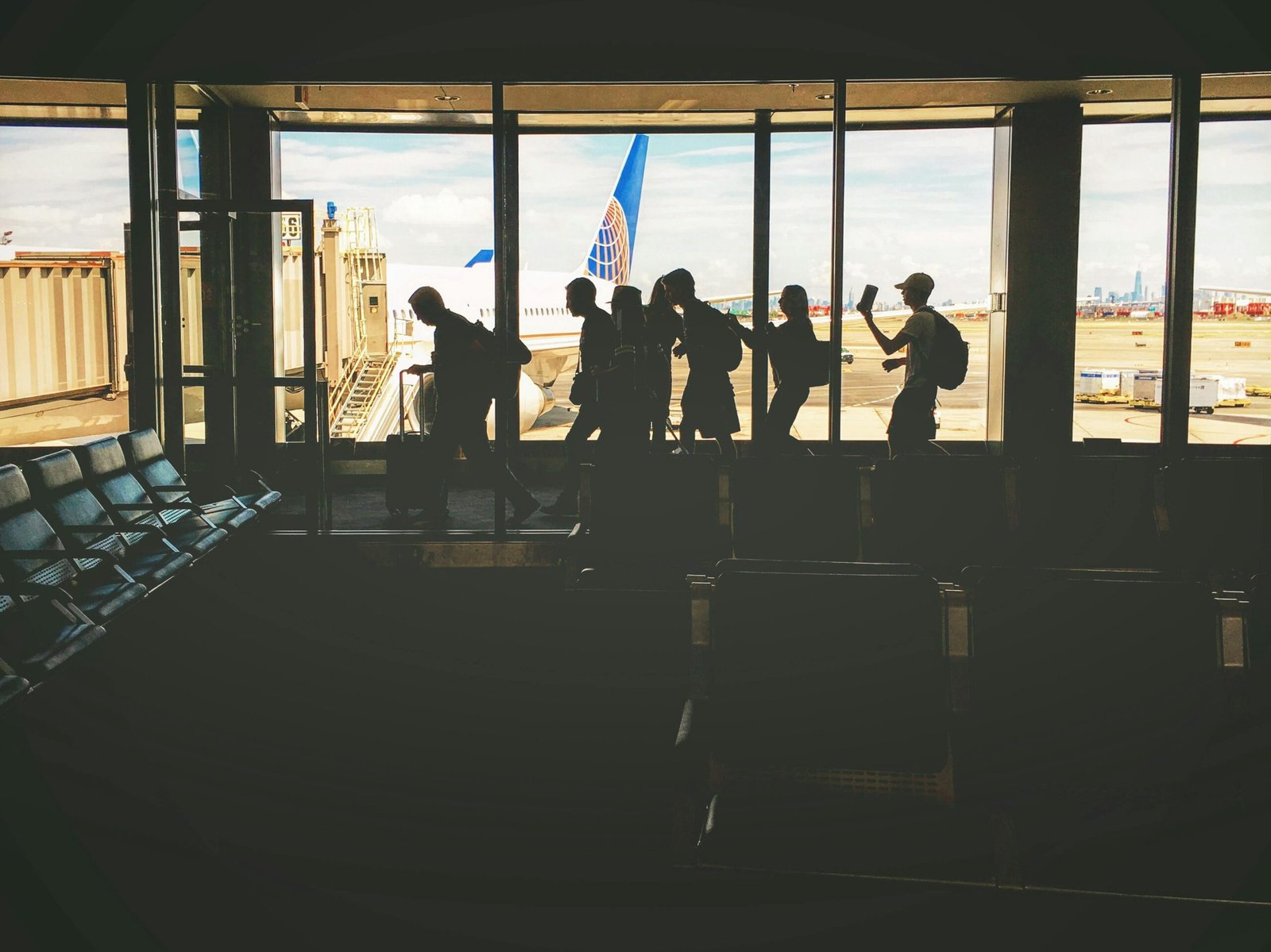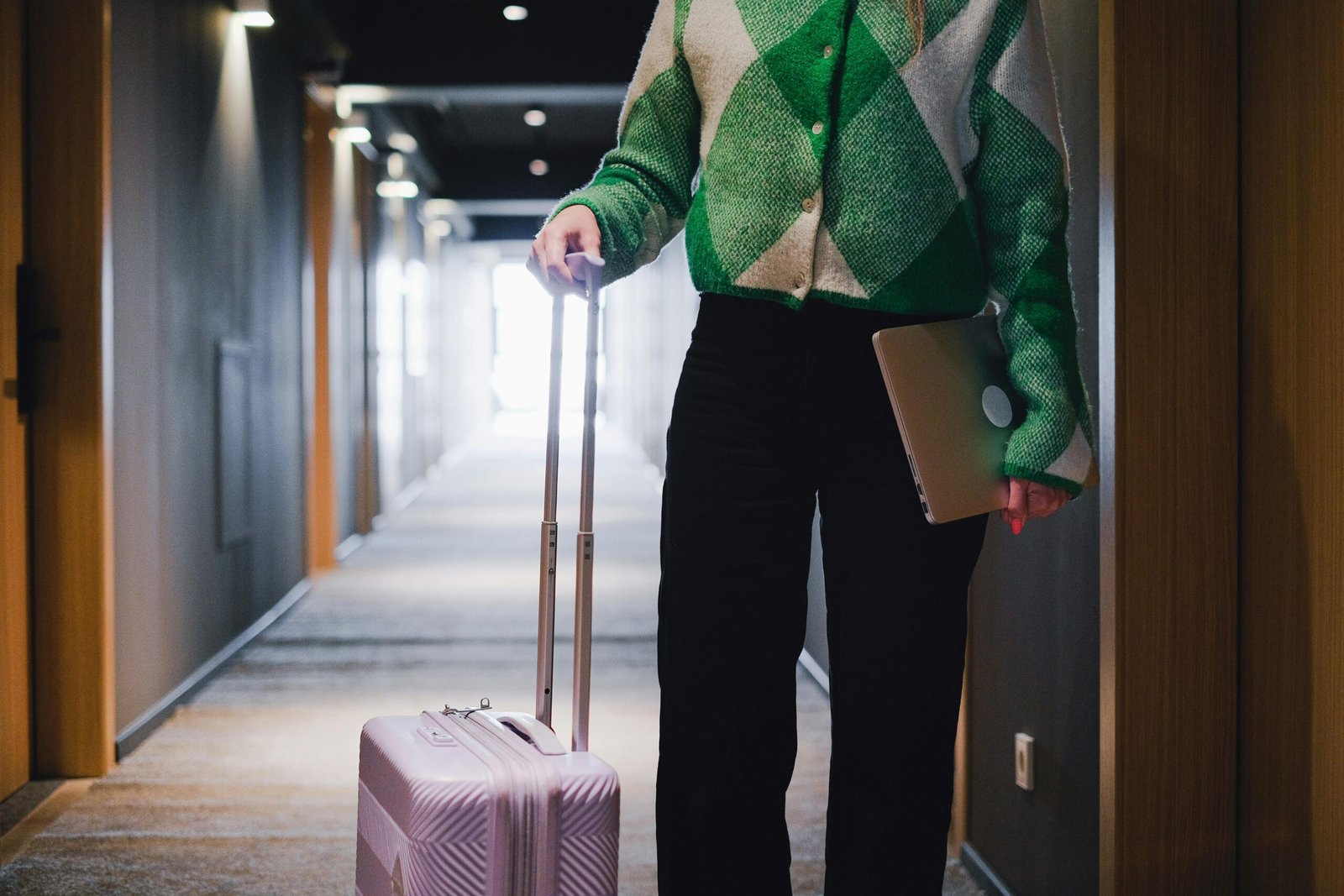You see, just like you, I once typed into Google: “I want to move to Hawaii, where do I start?” And that simple question got me this far today.
I have lived in Hawaii for the past five years and I still wish I had come earlier.
For me, moving to Hawaii wasn’t just a random thought – it was a deep desire for change, a desire for peace, sunshine, ocean waves, and a slower pace of life.
But once the dream kicked in, the reality hit just as hard: where do I even begin from?
If you’re feeling that way too, then you’re exactly where I was years ago.
At the end of the day, I figured it out, and, here, I’ll walk you through how I moved from wondering where to start to living in Hawaii for five years now and counting.
I want to move to Hawaii where do I start?
While moving to Hawaii sounds amazing – and it really is – but it’s not all that simple. You don’t just pack your bag and hop on a plane to Hawaii.
You need a plan, a good one at that.
To move, start by making your reasons clear: A clear reason and solid plan saved me from lots of issues I faced during and after moving – I hope it helps you too.
1. Ask yourself: Why do you want to move to Hawaii?
This was the first honest conversation I had with myself. Hawaii is beautiful, but it’s also expensive and far from the mainland U.S.
So, I asked:
-
-
- Do I want to escape stress or start fresh?
- Am I looking for a new lifestyle or just a long vacation?
- Can I afford to live there long-term?
- What island fits me best?
-
Before you make any move, ask yourself: Why do I want to move to Hawaii?
Are you moving there to work (maybe you found a job opportunity there)?
Is it to enjoy the natural beauty and slower lifestyle? Maybe it’s for surfing, adventure, or just a fresh start?
For me, it was a combination of needing a fresh start, being close to nature, and finding peace. Hawaii felt like the answer.
The moment you define your reason for moving, you will be a lot clearer about what more you need and what you should expect when you get here.
Knowing your “why” is important because moving to Hawaii isn’t like taking a weekend trip.
It’s a big commitment – financially, emotionally, and mentally. So the first step is to get clear on your reasons.
What you need if you are moving to work permanently is different from what you need if you are moving for a temporary stay.
Example:
-
-
- If you’re moving for work, you need to find a job before coming to Hawaii.
- If you just want a break from the mainland pace of life, you’ll need enough funds to support yourself financially while living there.
-
As a remote worker, if I’m moving to Hawaii to live and work permanently, my reason is simply to live and work and I am going for a permanent stay.
The next big thing to consider is if you intend to stay permanently or if it’s just a temporary stay.
2. Are you moving permanently or temporarily?
This is yet another big question, why you are moving to Hawaii will decide how long you will stay.
If you are moving to work temporarily, then your stay will be for a few months or years.
If you are moving for other reasons, your particular reason will decide how long you will stay.
And, how long you intend to stay will decide what you need to move with.
If you are like me who works online, then you are not coming to look for a job.
Therefore, you should be worried about how moving will affect your current job.
So:
-
-
-
Make sure your job allows you to work from Hawaii
-
-
Just because you work remotely doesn’t always mean you can work from anywhere.
Some jobs have location restrictions due to:
-
-
- Time zone differences: Hawaii operates in its time zone, which is 5-6 hours behind mainland U.S. states.
- Tax or legal limitations
- Internet security policies.
-
For example: If you work for a U.S. company based in New York, Hawaii is 5–6 hours behind them.
Will your employer be okay with that? Check with your boss or HR before you book a flight.
Secondly, what about internet speed?
-
-
-
Check internet speed and availability
-
-
As a remote worker, your internet connection is your lifeline. Before choosing where to live in Hawaii, check:
-
-
- What internet providers are available on the island
- What speeds are offered (especially if you do video calls or large uploads)
- If your building or neighbourhood has strong, stable connections
-
Tip: Oahu and Maui have better internet coverage than the more rural parts of the Big Island or Kauai.
3. The next question is “What do you need to move?”
Once you’ve figured out why you’re moving and how long you’ll stay, you need to decide what to bring with you.
What you need depends on how long you plan to stay.
If you’re staying for a short time:
-
You’ll only need the basics that you can easily pack in a suitcase or ship, like clothes, a laptop, and your personal items.
If you’re staying for a longer time or permanently:
You’ll need:
-
-
- Work essentials: Do not make the mistake of forgetting your laptop, phone, chargers, and anything else you need for your job. If you work online, these are your most important items.
- Clothing: One thing about Hawaii is that it is warm all year round, so you need light clothes for the day. Then a few jackets or sweaters for cooler evenings or rainy days.
- Don’t forget to pick personal items: Think about things that will make your new home feel comfortable, like books, pictures, or decorations.
- Furniture: If you’re just visiting for a short time, you can rent furniture when you get there. But if you’re staying for a long term, you can consider other options.
-
4: Pick Hawaiian Islands – Pick the right one for you
Hawaii isn’t just one place – it’s a group of islands, and each one has its vibe.
I had to dig deep before choosing where I’d live.
Here’s what I found:
-
-
- Oʻahu – The most populated. Home to Honolulu, great for jobs and city life. If you want both beaches and career opportunities, this is it.
- Maui – A bit more relaxed, with stunning beaches. Great for tourism jobs, retirees, or remote workers.
- Big Island (Hawaiʻi Island) – Has active volcanoes, more affordable housing, and a slower pace. Ideal if you love nature and don’t mind driving a lot.
- Kauaʻi – Super laid-back, green, and rural. Perfect if you want to be surrounded by beauty and don’t need city conveniences.
- Molokaʻi and Lānaʻi – Very quiet, with tight-knit communities. Not for everyone, but magical if you’re seeking solitude.
-
I chose Oʻahu because I still needed some access to modern conveniences while adjusting to the new lifestyle.
Choose neighbourhoods known for good infrastructure.
5: Create a budget – Hawaii is not cheap
This part was tough. I won’t sugarcoat it – Hawaii is very expensive. Groceries, gas, rent, electricity… almost everything costs more than the mainland.
Hawaii’s cost of living is one of the highest in the U.S. I had to be realistic and plan my finances carefully.
Before moving, I built a simple spreadsheet.
Here’s what I included:
-
-
- Airfare – One-way ticket to Hawaii
- First month’s rent + security deposit
- Groceries for the first month
- Transportation – Will you buy a car, ship yours, or rely on buses?
- Moving/shipping costs – Boxes, shipping your stuff
- Emergency fund – Always have backup funds
- Health Insurance: I made sure I had coverage before moving. Hawaii has good options, but you must plan.
-
I recommend saving at least $6,000 to $10,000, especially if you don’t have a job lined up.
More is better. Trust me – you don’t want to be stressed about money in paradise.
I saved up around $14,000 before the move to cover the initial costs, including flights, deposits, car, and the first few months of living expenses.
6: Find an income source
If you don’t have your finances figured out, then you need an income source if you will spend much time in Hawaii.
I already worked online, so I didn’t need to find a local job. But I still applied for some part-time gigs just to make friends and learn more about the community.
7: Look for housing (Before or After the move?)
This was tricky. Hawaii has a competitive rental market. I had to decide: should I secure housing before I arrive, or after I land?
Here’s what I did:
-
-
- I booked an Airbnb for 3 weeks so I could explore neighbourhoods in person.
- During that time, I visited open houses, talked to landlords, and got a feel for local areas.
- I ended up renting a small studio in Kailua – quiet, with beach access, and not too far from town.
-
It’s hard to secure a long-term lease from the mainland because landlords prefer to meet you in person.
Pro tip: Avoid sending money to landlords before seeing the property.
Some of them are not real – you can send money to a fake landlord.
Only deal with verified listings and trusted platforms like Zillow, Craigslist (carefully), or Facebook Marketplace.
8: Ship or Sell your stuff?
I had to make a hard decision – what do I bring, and what do I leave behind?
-
-
- Shipping my car from the mainland was too expensive ($1,200–$1,500), so I sold it and bought one locally.
- I only brought essentials and sentimental items – clothes, a laptop, important papers, and a few small boxes.
- I used FedEx and USPS flat-rate boxes to ship some things.
- Furniture and big items? I left them. Hawaii has plenty of secondhand options once you arrive.
-
Lightening the load made the move easier and cheaper.
You can ship:
-
-
- Boxes (via USPS, UPS, FedEx)
- Vehicles (by freight, which costs around $1,000–$1,500)
- Household items (using container shipping services)
-
Tip: Bring only what you need. Hawaii homes are often smaller, and island life is more minimalistic.
9. Healthcare, Licenses, and Documents
Hawaii is part of the U.S., but you’ll still need to update some things:
-
-
- Driver’s license – You’ll need to get a Hawaii license within 30 days if you become a resident.
- Car registration – If you bring your car, register it locally.
- Healthcare – Check local health insurance options. Hawaii has its state healthcare marketplace.
- Voter registration – If you’re planning to stay long-term.
-
I kept a folder with all my documents: birth certificate, social security card, ID, job references, and housing documents.
10. Island life culture shock: Be ready for the change
In addition, get ready to live on an island. I’ll be honest – Hawaii is different from the mainland.
Slower pace. Strong local culture. Aloha spirit is real, but so is the adjustment.
Some things that surprised me:
-
-
- Island time is a thing – Things move slower here.
- Cost of living – As mentioned, it’s high.
- Weather – Beautiful, but the humidity can take time to get used to.
- Local customs – Respect the land, the people, and the culture. Take time to learn about Hawaiian values and traditions.
-
Living on an island is different, prepare for the changes you will witness here.
11. Make Friends and Build a life
When I first arrived, I didn’t know anyone. But slowly, I joined:
-
-
- Meetup groups
- Beach cleanups
- Local hiking clubs
- Community events
-
I met people through work, coffee shops, and even surfing lessons. It takes effort, but building your little community is possible here.
Hawaii has a unique culture, combining Native Hawaiian traditions with Asian, Pacific Islander, and Western influences.
People in Hawaii value:
- Aloha Spirit (kindness and respect)
- Local traditions (food, music, hula, language)
- Community and nature
Tip: Be respectful, learn a few Hawaiian words, and adapt to the slower, more relaxed lifestyle.
If you come with an open heart and a humble attitude, you’ll fit in over time.
Hawaii is a nice place to live. I have been here for five years and it’s been amazing. Here, people enjoy an active lifestyle with access to surfing, hiking, and other outdoor activities.
The weather is warm all year, so it feels like summer every day. The culture of aloha promotes kindness and respect, and there is a strong sense of community.
Enough cannot be said about how great this part of the world is. If you are open to it, you’re welcome to join us.



